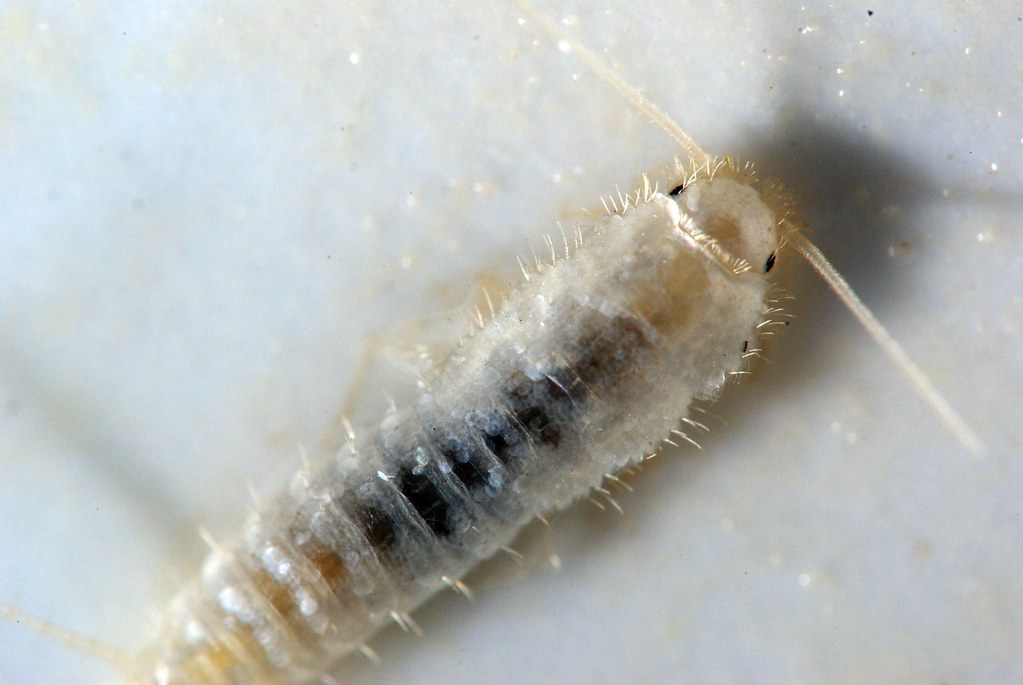Picture this: you’re enjoying a relaxing evening shower when suddenly, out of the corner of your eye, you spot a silvery, fish-like creature darting across the wet tiles. Your heart skips a beat as you watch this mysterious intruder disappear behind the shampoo bottle. Welcome to the world of silverfish – those ancient, wingless insects that have been silently sharing our bathrooms for millions of years. These peculiar creatures didn’t just randomly choose your shower as their vacation spot; they’ve evolved specific traits that make your steamy sanctuary the perfect five-star resort for their survival needs.
The Ancient Bathroom Invaders
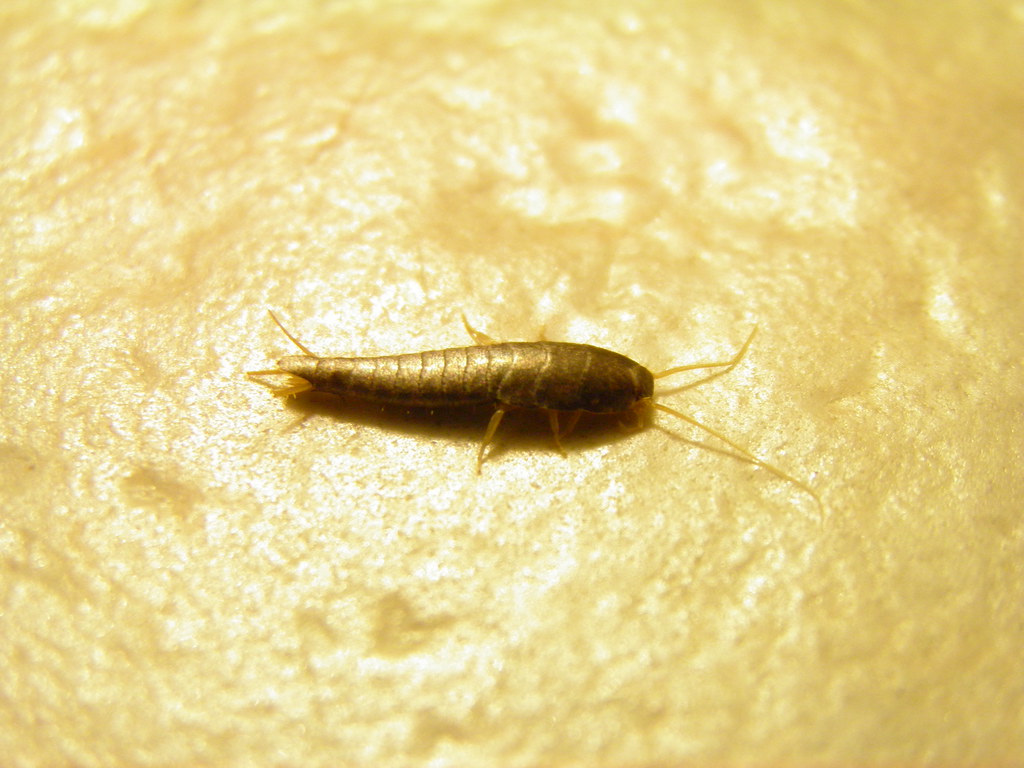
Silverfish are among the most primitive insects on Earth, having existed for over 400 million years – long before dinosaurs roamed the planet. These living fossils belong to the order Zygentoma and have remained virtually unchanged since their ancient origins. Their scientific name, Lepisma saccharina, hints at their sugar-loving nature, but don’t let that fool you into thinking they’re picky eaters.
What makes silverfish particularly fascinating is their ability to thrive in human environments despite being one of the oldest insect species. They’ve watched civilizations rise and fall, adapting seamlessly to our modern homes. Your bathroom represents the perfect intersection of their prehistoric needs and contemporary convenience.
Moisture: The Ultimate Silverfish Magnet

If silverfish had a dating profile, moisture would be their number one requirement. These creatures need humidity levels of at least 75% to survive, making your shower area an irresistible oasis. Unlike many insects that can extract water from their food, silverfish require environmental moisture to regulate their body functions and prevent dehydration.
The steam from your hot showers creates a microclimate that mirrors their preferred natural habitats – think damp forest floors, caves, and rotting logs. Your bathroom tiles, grout lines, and corners become condensation collectors, providing the consistent moisture silverfish crave. This isn’t just about comfort; it’s about survival at the most basic level.
Temperature Preferences of These Bathroom Dwellers
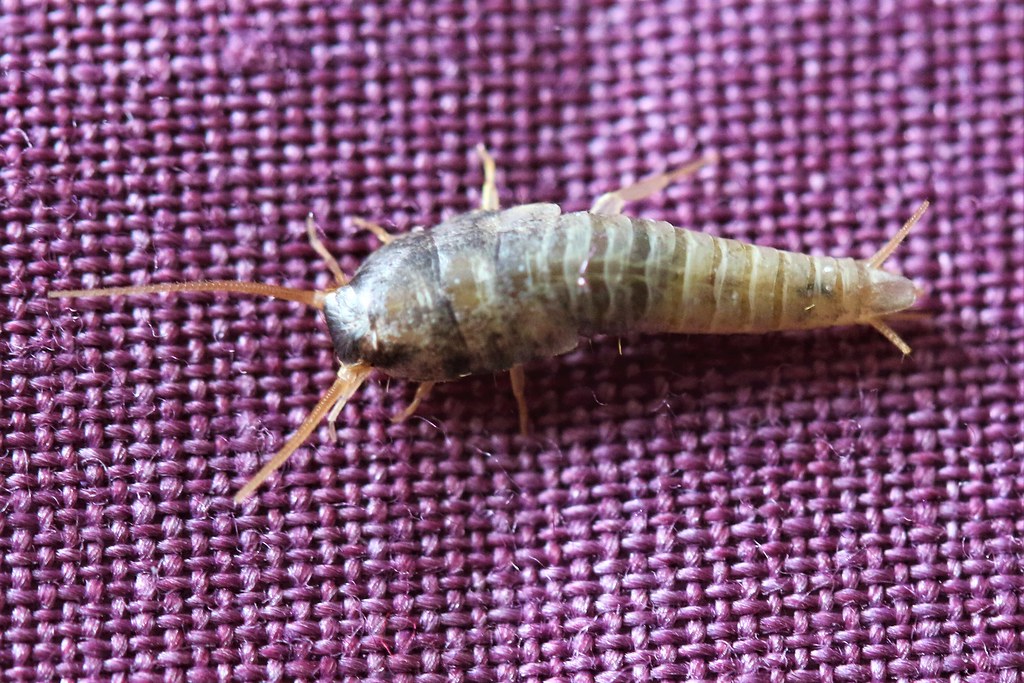
Silverfish are temperature-sensitive creatures that thrive in environments between 70-80°F (21-27°C). Your heated bathroom, warmed by hot water and steam, creates the perfect thermal environment for these insects. They’re particularly active during warm, humid nights when the conditions mirror their ideal habitat preferences.
Cold temperatures slow down their metabolism and reproductive cycles, which explains why you’re more likely to encounter them during warmer months or in consistently heated spaces. The radiant heat from your shower walls and the lingering warmth after your bath create temperature gradients that silverfish can navigate to find their comfort zone.
Interestingly, silverfish can detect temperature changes through specialized sensory organs, allowing them to migrate toward the warmest, most humid areas of your bathroom with remarkable precision.
The Dark Side of Bathroom Living

Silverfish are nocturnal creatures with an intense aversion to light, making your dimly lit bathroom corner their preferred hangout spot. They possess compound eyes that are extremely sensitive to brightness, causing them to flee when you flip on the bathroom light. This light sensitivity is both a survival mechanism and a reason why they love the shadowy recesses of your shower area.
The spaces behind your toilet, under the sink, and in the corners of your shower provide the perfect darkness these insects seek. They’re most active during the night when your bathroom is unoccupied and unlit. This nocturnal behavior means you might be sharing your bathroom with these creatures for weeks without realizing it.
Silverfish Diet: More Than Just Paper
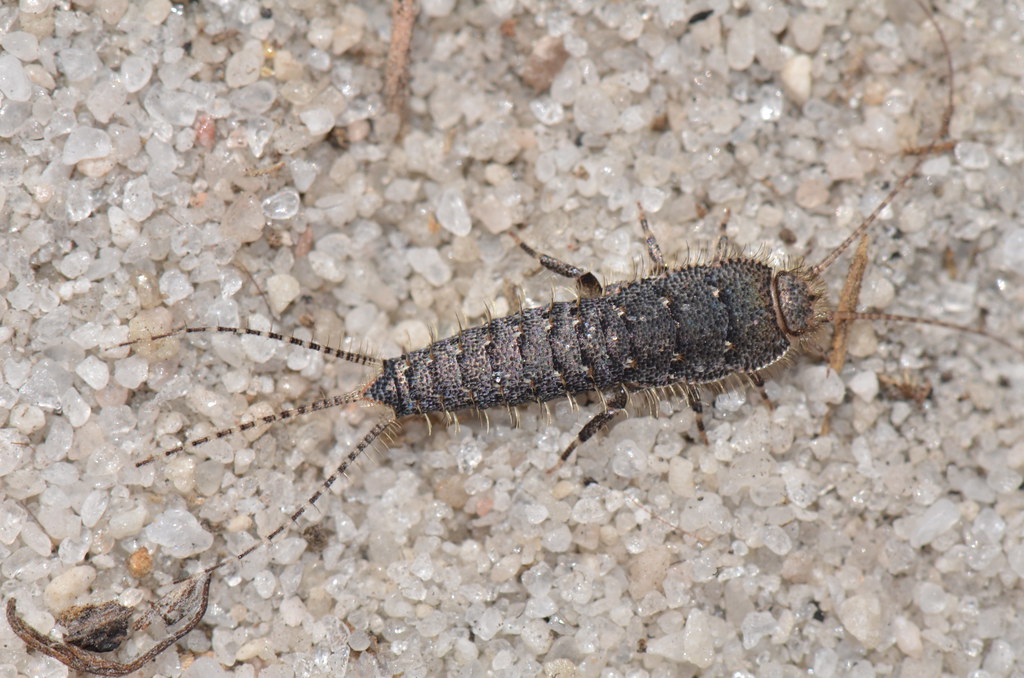
While silverfish are famous for eating books and paper, their dietary preferences in your bathroom are surprisingly diverse. They’re opportunistic feeders that consume dead skin cells, hair, soap residue, and even the glue in wallpaper or tile adhesive. Your shower provides an all-you-can-eat buffet of organic matter that naturally accumulates in moist environments.
These insects can also feed on cotton fibers from towels, silk from clothing, and even synthetic materials under certain conditions. They’ve been observed eating dandruff, nail clippings, and other organic debris that collects in bathroom corners. What’s particularly remarkable is their ability to survive without food for up to a year, though they prefer regular meals when available.
The protein-rich environment of your bathroom, combined with the carbohydrate sources they find, makes it an ideal feeding ground for these adaptable insects.
Reproduction and Life Cycles in Humid Environments
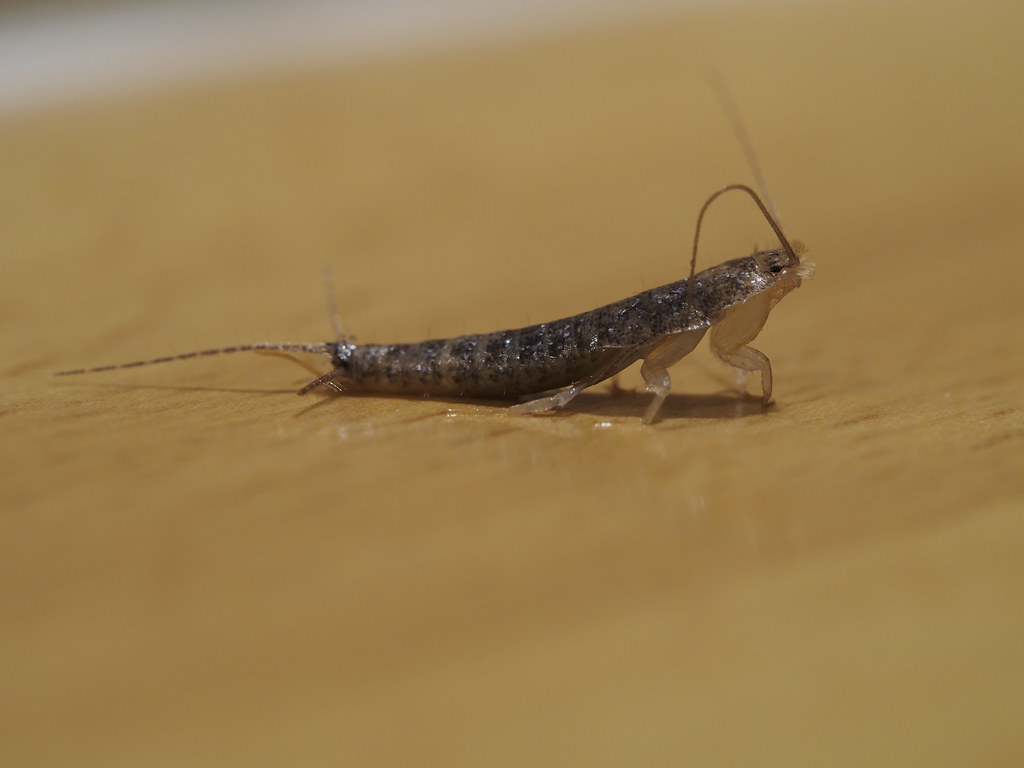
Your humid bathroom creates optimal breeding conditions for silverfish reproduction. Females can lay up to 100 eggs in their lifetime, preferring to deposit them in dark, moist crevices – exactly the kind of environment your shower provides. The eggs are tiny, oval-shaped, and nearly invisible to the naked eye, making early detection challenging.
The development from egg to adult takes approximately 4-6 weeks in ideal conditions, with temperature and humidity being critical factors. Higher humidity levels accelerate their development, meaning your steamy bathroom acts as an incubator for successive generations. Unlike many insects, silverfish don’t undergo complete metamorphosis; they simply molt and grow larger through multiple stages.
A single breeding pair can potentially produce hundreds of offspring over their 2-8 year lifespan, turning your bathroom into a multigenerational silverfish community if conditions remain favorable.
Hiding Spots: Where Silverfish Call Home
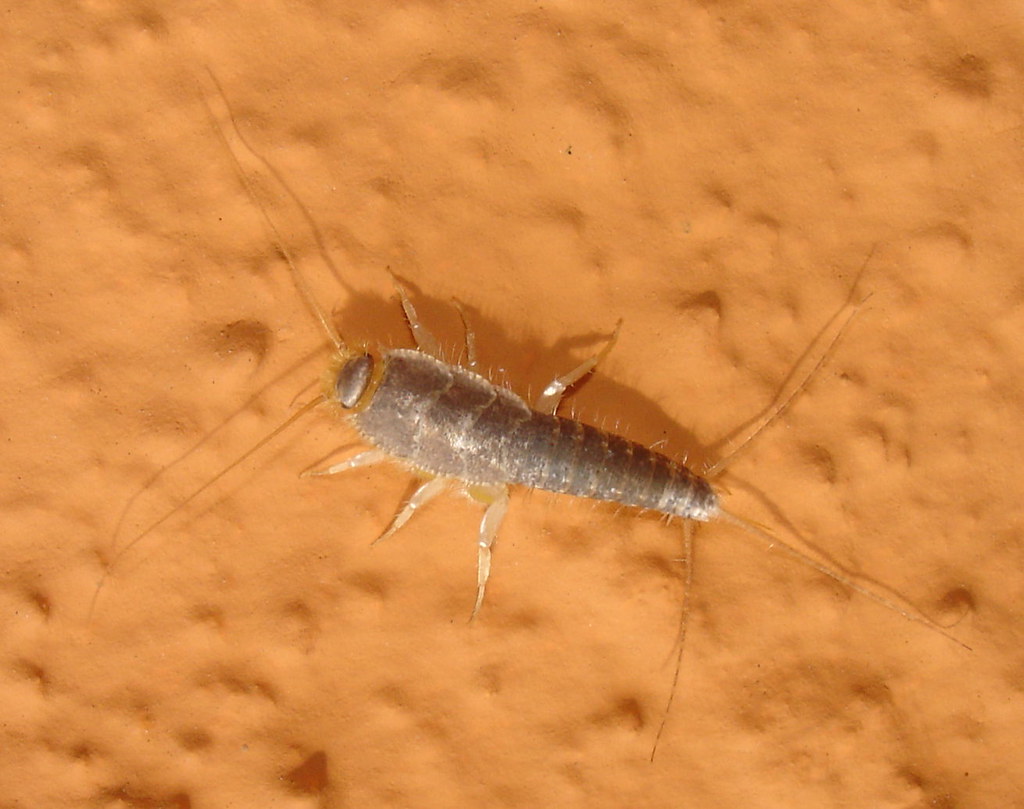
Silverfish are masters of concealment, and your bathroom offers numerous hiding spots that cater to their secretive nature. They squeeze into impossibly small spaces – cracks in grout, gaps behind fixtures, spaces under baseboards, and even inside the hollow areas of bathroom accessories. Their flattened bodies allow them to slip through cracks as thin as a credit card.
The area behind your toilet, under the sink cabinet, and in the corners where walls meet the floor are prime real estate for these insects. They also love the spaces around pipe penetrations, where moisture tends to accumulate and create ideal microhabitats. Loose tiles, deteriorating caulk, and gaps around fixtures provide both shelter and access to the moisture they need.
What’s particularly clever about silverfish is their ability to sense air currents and vibrations, allowing them to quickly retreat to their hiding spots when they detect your approach.
The Science of Silverfish Sensors
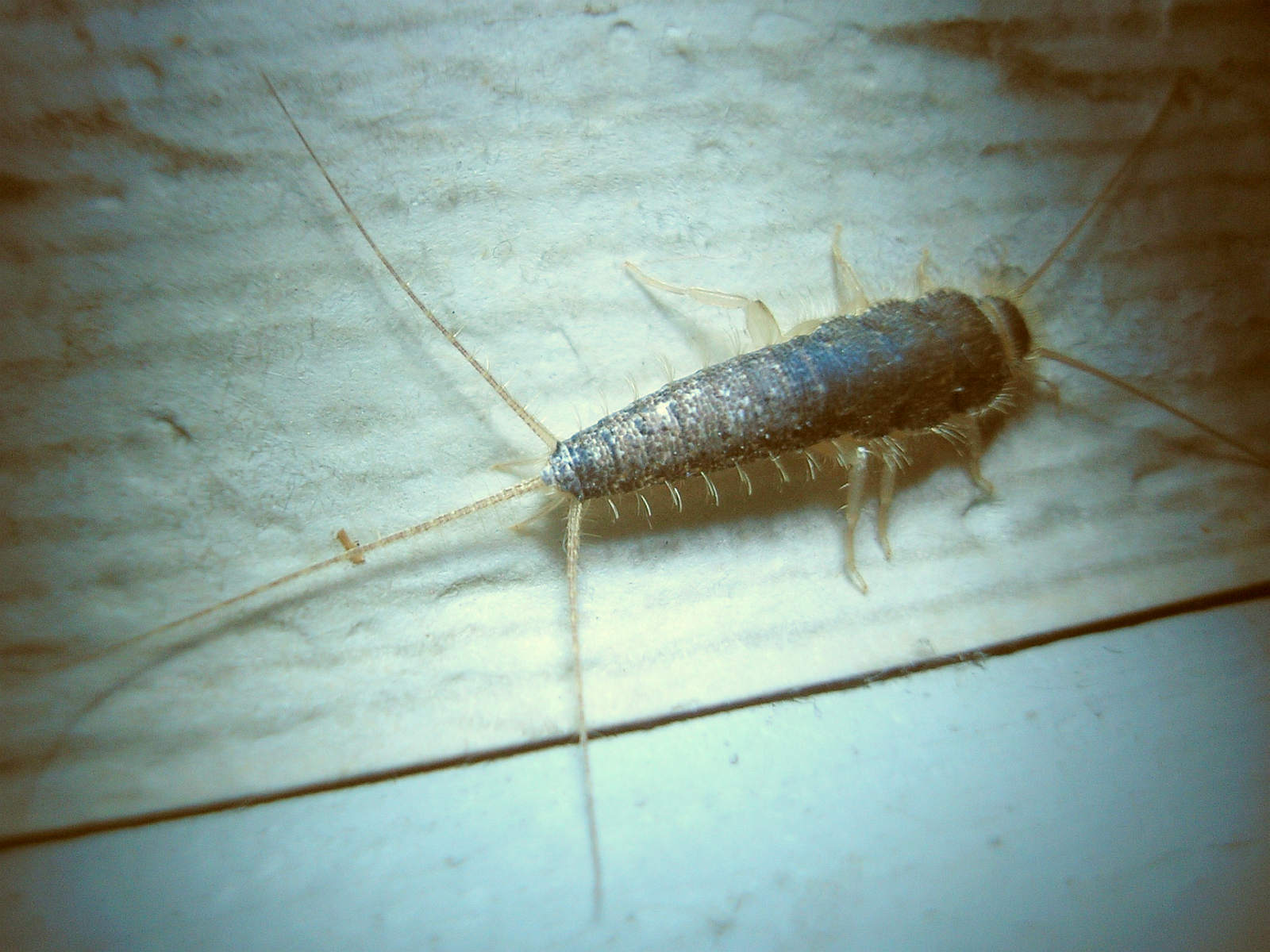
Silverfish possess sophisticated sensory systems that make your bathroom environment highly detectable and attractive to them. Their long antennae can detect chemical signals, humidity changes, and air movements that indicate the presence of suitable habitat conditions. They also have specialized organs called cerci – tail-like appendages that sense vibrations and air currents.
These sensory capabilities allow silverfish to navigate in complete darkness and locate optimal microclimates within your bathroom. They can detect humidity gradients and temperature variations that guide them to the most suitable areas. Their chemical sensors help them locate food sources and potential mates, making your bathroom a rich information environment.
Research has shown that silverfish can detect moisture levels through their antennae from considerable distances, essentially allowing them to “smell” the humidity in your shower area.
Seasonal Patterns and Bathroom Invasions
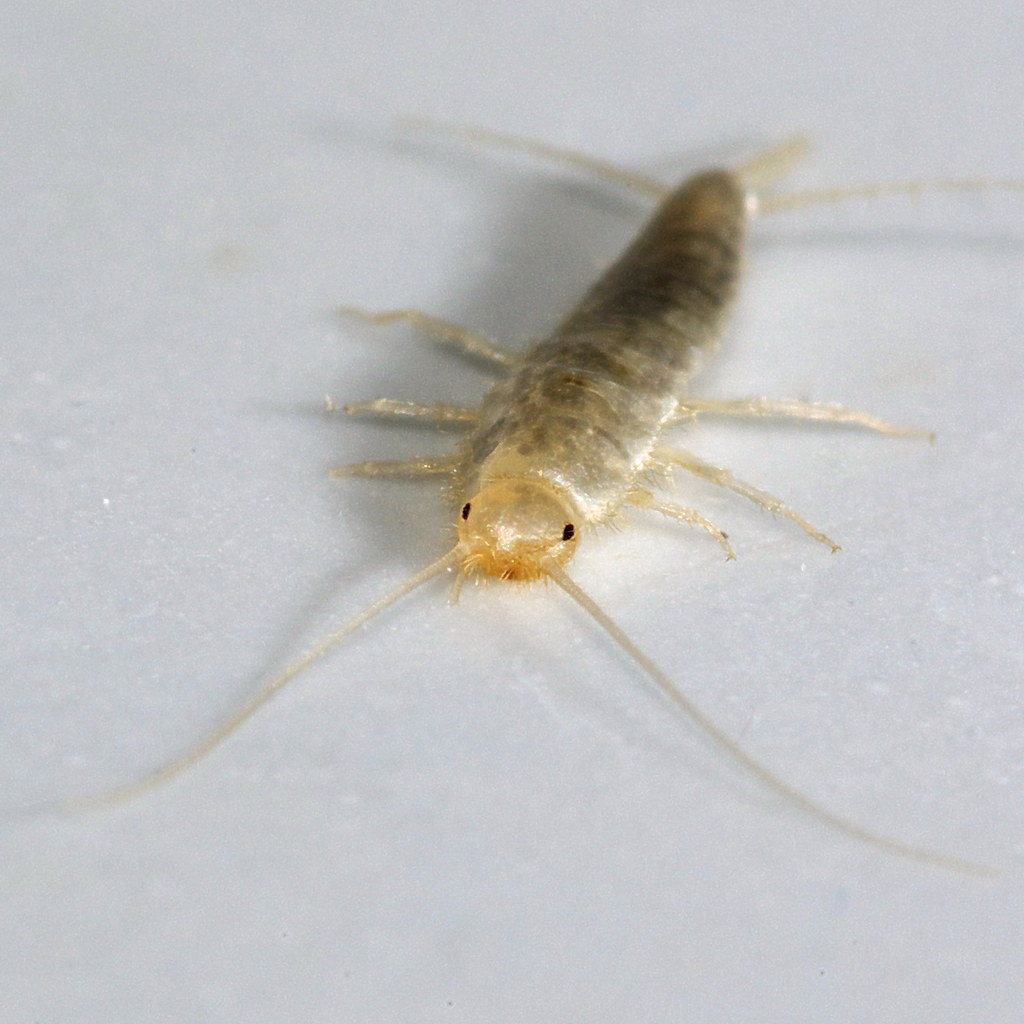
Silverfish activity in bathrooms follows predictable seasonal patterns, with peak activity occurring during warmer months when humidity levels are naturally higher. Summer months see increased silverfish reproduction and movement as they seek out the most favorable conditions. Your consistently humid bathroom becomes even more attractive when outdoor conditions are dry or extreme.
During winter, central heating systems can create dry indoor environments that drive silverfish to seek refuge in the few remaining humid spaces – primarily bathrooms and basements. This seasonal migration pattern explains why you might suddenly notice more silverfish activity after weather changes. They’re not necessarily multiplying rapidly; they’re concentrating in the areas that still meet their survival needs.
Interestingly, barometric pressure changes associated with weather systems can also influence silverfish behavior, causing them to become more active before storms when humidity levels rise.
The Bathroom Ecosystem: Silverfish and Other Creatures
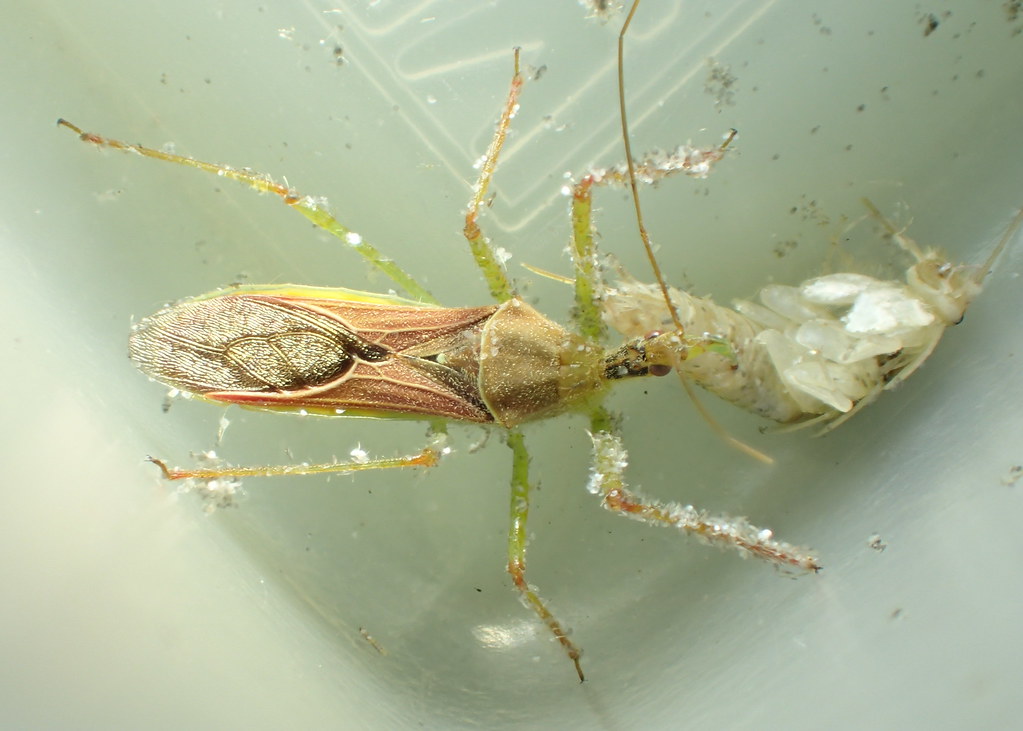
Your bathroom hosts a complex ecosystem where silverfish interact with other organisms in surprising ways. House centipedes, spiders, and even certain beetles may prey on silverfish, creating a miniature food web within your personal space. This predator-prey relationship can actually help control silverfish populations naturally.
Silverfish also compete with other moisture-loving insects like drain flies and springtails for resources and space. The presence of multiple species can indicate that your bathroom’s humidity levels are consistently high enough to support a diverse community of organisms. Mold and mildew growth, which silverfish don’t directly consume but often coexist with, can indicate the same environmental conditions that attract these insects.
Understanding these ecological relationships helps explain why addressing silverfish problems often requires a holistic approach to bathroom moisture management rather than simply targeting the insects themselves.
Health Implications and Human Interactions
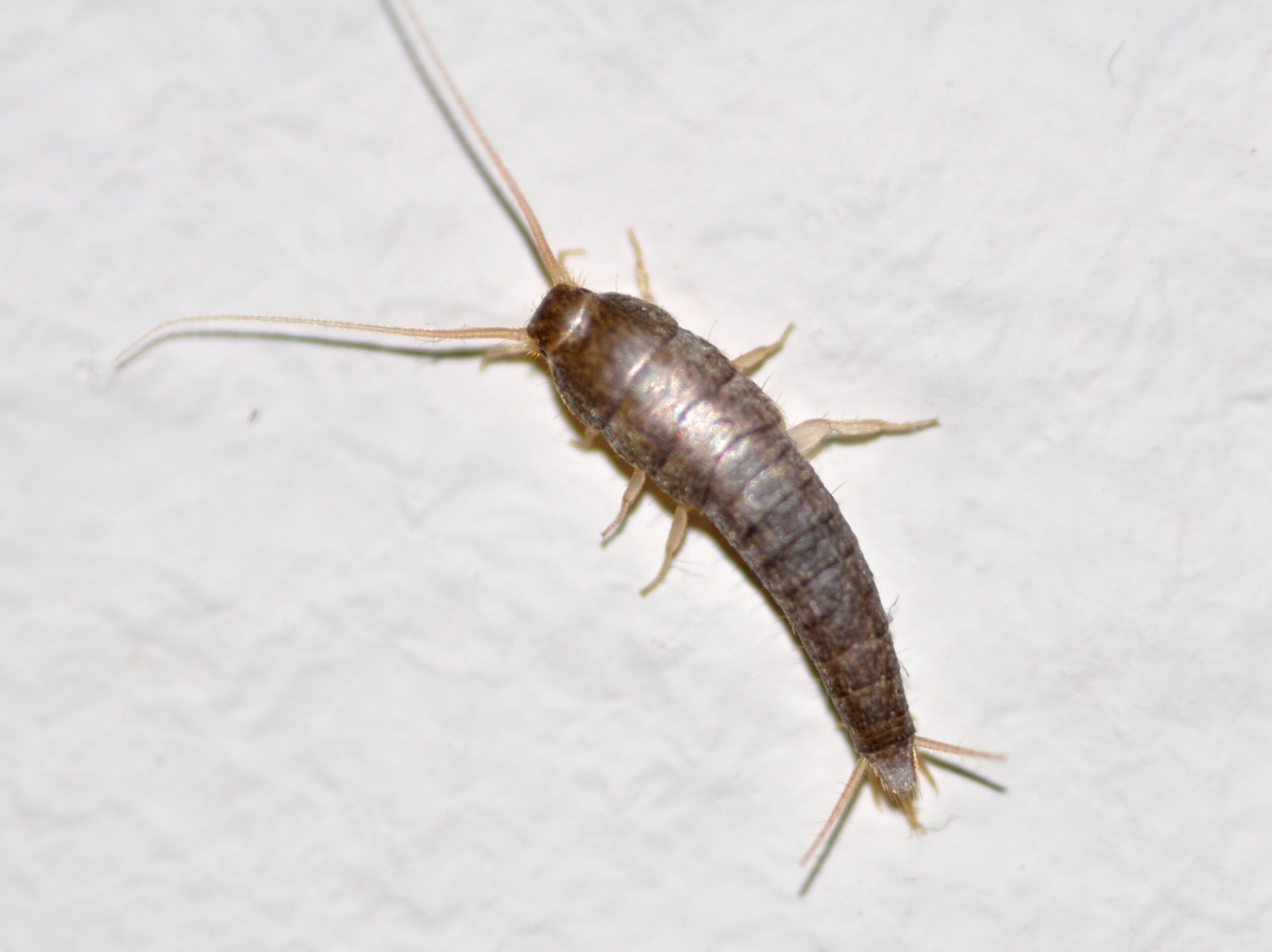
Unlike many household pests, silverfish pose minimal direct health risks to humans. They don’t bite, sting, or transmit diseases, making them more of a nuisance than a health hazard. However, their presence can indicate underlying moisture problems that might lead to mold growth or structural issues in your bathroom.
Some people may experience allergic reactions to silverfish scales or droppings, particularly those with existing sensitivities to dust mites or other household allergens. The psychological impact of sharing your personal space with these creatures can be significant, even when they pose no physical threat. Many people find their quick, darting movements startling and unsettling.
The real concern often lies in what silverfish presence reveals about your bathroom’s moisture levels and ventilation effectiveness rather than the insects themselves.
Natural Deterrents and Prevention Strategies
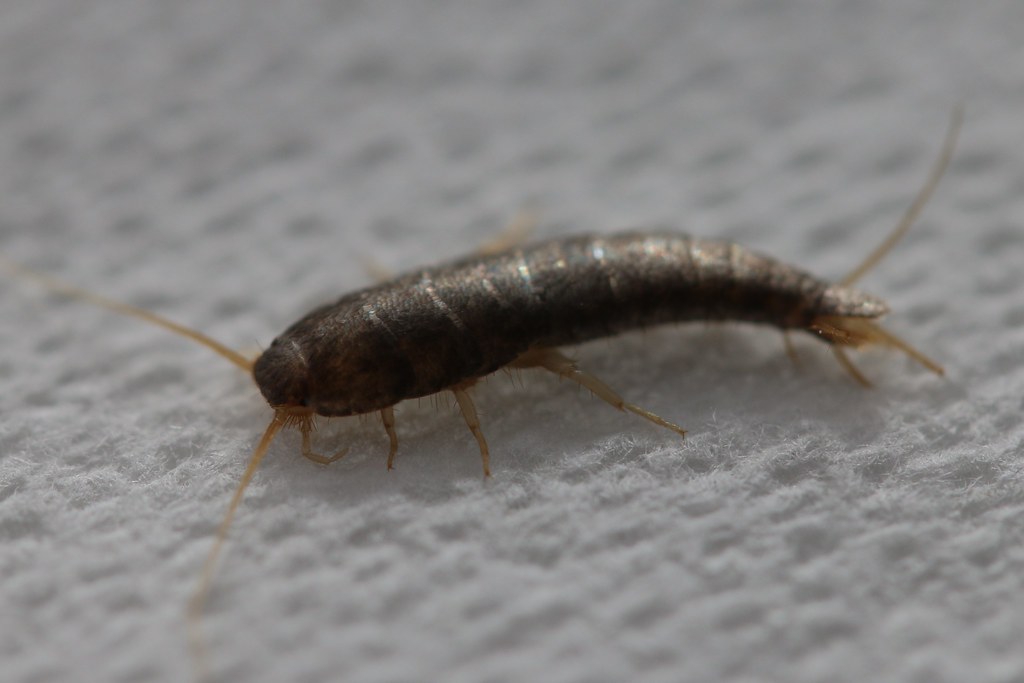
Controlling silverfish in your bathroom requires understanding their environmental needs and systematically removing the conditions that attract them. The most effective approach involves reducing moisture levels through improved ventilation, fixing leaks, and using exhaust fans consistently. Dehumidifiers can help maintain humidity levels below the 75% threshold that silverfish require.
Natural deterrents include essential oils like lavender, citrus peels, and cedar, which silverfish find repulsive. Diatomaceous earth can be applied to areas where silverfish travel, though it must be kept dry to remain effective. Regular cleaning removes the organic matter that serves as their food source, making your bathroom less attractive to these insects.
Sealing cracks and gaps eliminates hiding spots and reduces their ability to establish permanent populations. This integrated approach addresses both the immediate problem and the underlying conditions that created it.
The Future of Silverfish in Human Habitats
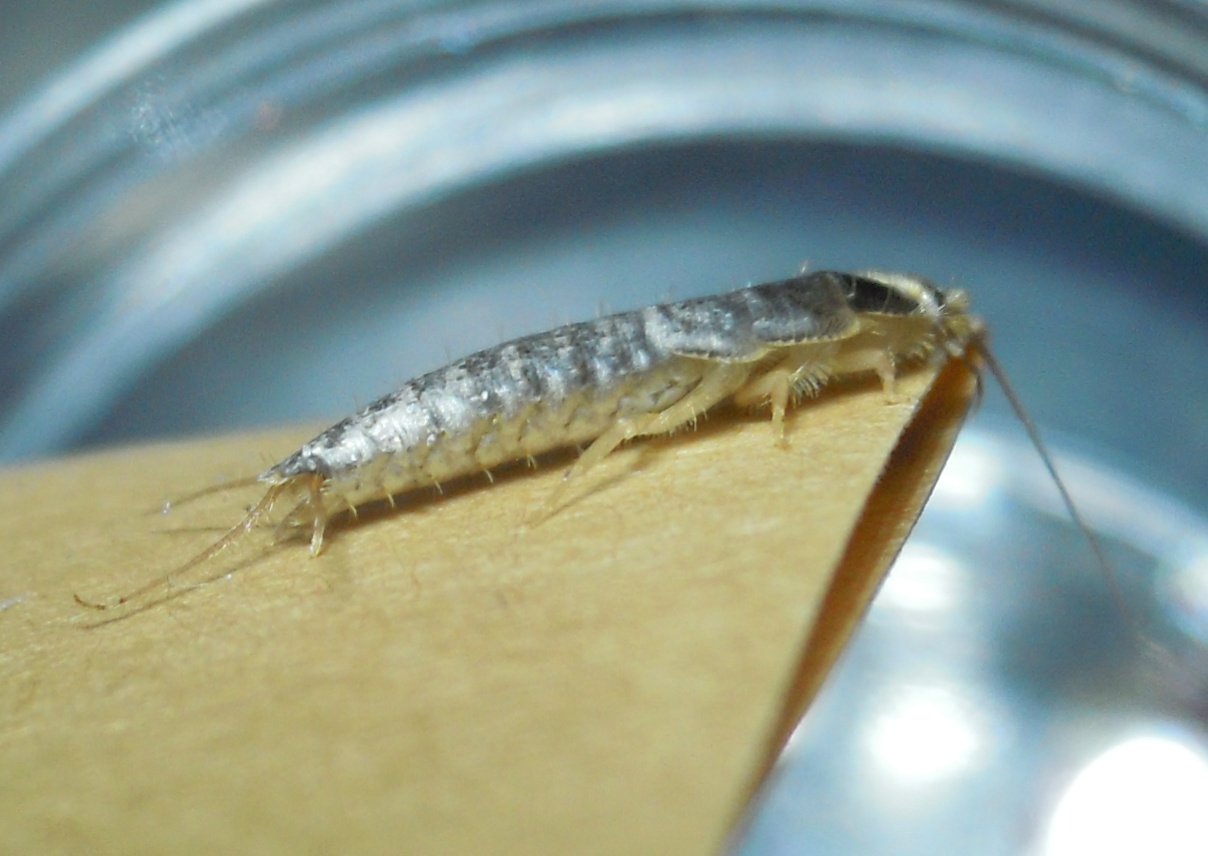
As our homes become more energy-efficient and better sealed, the relationship between humans and silverfish continues to evolve. Modern bathroom designs with improved ventilation systems and moisture control can significantly reduce silverfish populations. However, the fundamental attraction of warm, humid environments means that silverfish will likely continue to be occasional bathroom visitors.
Climate change and increasing temperatures may influence silverfish distribution patterns, potentially making them more common in previously unsuitable regions. Their remarkable adaptability and ancient lineage suggest they’ll continue to find ways to coexist with humans, regardless of technological advances in home design.
Understanding these creatures’ needs and behaviors allows us to make informed decisions about managing their presence while appreciating their role in the broader ecosystem of our homes.
Conclusion: Coexisting with Ancient Bathroom Companions
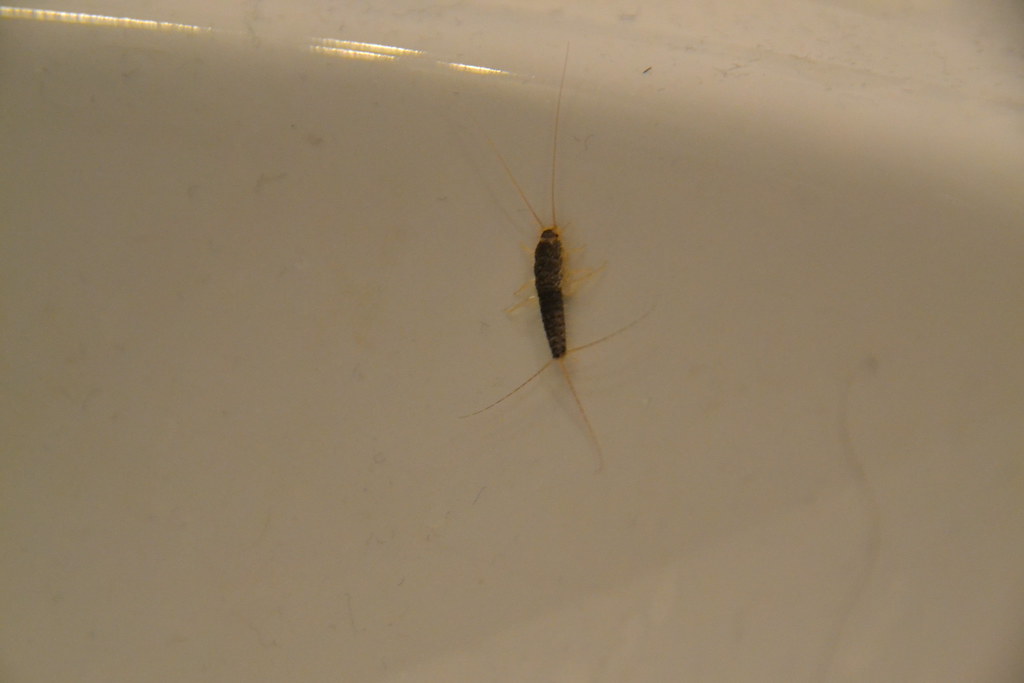
Silverfish have been perfecting their survival strategies for millions of years, and your bathroom happens to provide exactly what they need to thrive. Their attraction to moisture, warmth, darkness, and food sources makes your shower area an irresistible habitat that meets all their basic requirements. While their presence might be unsettling, these ancient insects are simply following evolutionary programming that has served them well since long before humans existed.
By understanding why silverfish love your bathroom, you can take targeted steps to make it less appealing to them while maintaining the comfort and functionality you need. The key lies in moisture control, regular maintenance, and creating an environment that serves your needs while being less hospitable to these prehistoric visitors.
The next time you spot a silverfish darting across your bathroom floor, remember that you’re witnessing one of nature’s most successful survival stories – a creature that has remained virtually unchanged for hundreds of millions of years, still thriving in the modern world. What does that tell us about the power of finding the right environment for success?

